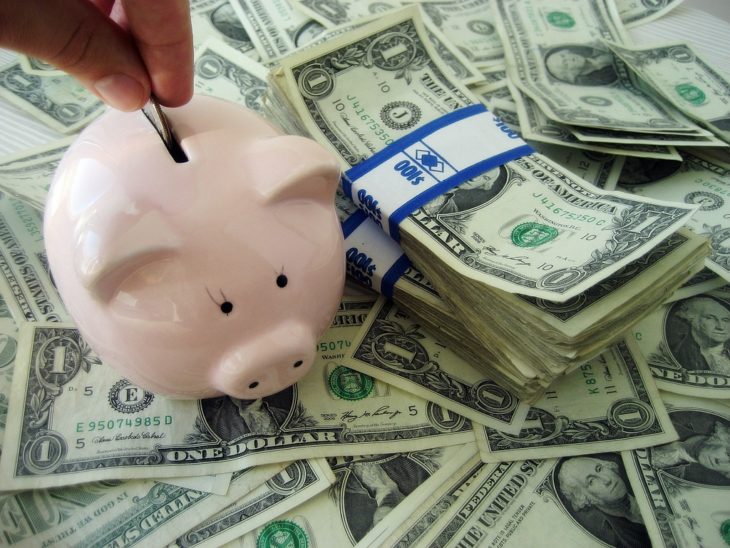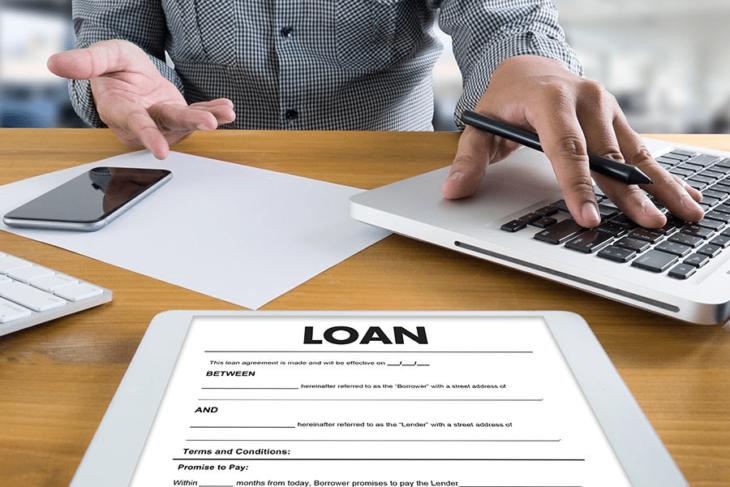Everyone has financial problems, even rich people. As soon as we become adults, the question of solving your financial problems becomes real and it’s expected that you know how to manage it.
But it seems that people don’t really know how to manage their money the right way. Luckily for you, you don’t need higher education to do that. There are a lot of practical ways to solve your financial problems, and we will talk about the 5 best ways in this article.
Without further ado, let’s start.
Contents
1. Stop Using Credit Cards

Source: cnt
They say credit cards are great because they allow you to spend more money than you have. But is that really a good thing? Are we really supposed to spend more money than we currently have?
We disagree with that statement because you should never spend more than you have, never. Yes, sometimes credit cards are great during an emergency but they’re also the number one reason why people develop bad money habits.
Instead of using credit cards for all of your purchases and payments, why not use cash as you cannot spend more than what you have in cash.
If there is one thing that using cash helps you is to stop spending money on useless things and focus on repaying your debt.
2. Be Aware

Source: lifehack
Even if you’re using cash you can still spend it all on things you don’t really need.
While it does help to lessen the needless spending, you need to really learn a valuable lesson before you become financially aware. Lots of studies have been done regarding using cash or credit card. In nearly every single on these, researchers found that we tend to spend on average 17% more when using credit cards than cash.
But as we mentioned, you can still waste all of your cash on useless stuff. So, if you truly want to solve your financial problems then you need to be more aware of how you spend your money.
3. Where Does Your Money Actually Go?

Source: techprevue
Have you ever thought about where your money actually goes? This is something that a lot of people ask themselves but have absolutely no idea.
An excellent financial practice is to start tracking your spending. Make sure to write down every single payment you’ve done to know more about where your money goes.
You can even make this your personal assignment as it is a great way to uncover what you’re spending the most on in the month. You can then use that data to start making changes.
4. Grab a Short Loan

Source: fitsmallbusiness
Everyone goes through emergencies where access to some cash is necessary to pull through. The emergency could be of any character and it could be a medical bill, a car repair, and anything in between.
In these situations, it’s better to pay for that medical or that car repair. But how would you come up with the money to pay for it if you don’t have it?
Well, there is a thing called a payday loan. While a lot of people are opposed to payday loans, they are a great way to come up with some cash to pay for these emergencies.
As a matter of fact, you should use payday loans solely for this reason. That’s because payday loans generally have additional fees if you fail to meet your repayment deadline.
This makes payday loans very situational and should be taken only in the case of real emergencies. We’ve singled out one of the best in the industry that have very favorable terms even if you fall late to a payment. For more information, make sure to look at this site for help.
5. Make a Spending Plan

Source: lawcash911
Onto the first real way to manage your money and that’s to make a spending plan outlining where your money will go to prevent future financial problems.
Making a spending plan isn’t that hard and can be done in a few easy steps. A spending plan is also called; yes you guessed it, a budget. Living on a budget is so much different than having your hands fully untied.
A budget means you have to stick by it and not go overboard as you don’t have the money to do so. It is a highly detailed guide on where and how to spend your money, but to also do it smartly.
You can be a Harvard graduate but this is something that the University won’t teach you. Universities that focus on economics sadly don’t teach this to their students. And unfortunately, they have to do it themselves without even understanding what financial problems are, how they occur, and how to cope with them.
But creating a spending plan or a budget is the best way to do it. So, let’s learn how to make one in easy steps.
Set your goals
Set your financial goals by determining which are the things that mean the most to you. This means you have to decide which payments you need to make first and you need to write them down and meet them.

Source: eshifte
Identify income and expenses
The next step is to identify where your money comes from and at the same time where it goes. You need to also make a list detailing every household income and expense.
Let go of the wants and focus on the needs
This one is pretty straightforward but one that people seem to have the most problem letting go of. Namely, bad money habits are possibly only because of our wants. If you are to be financially secured, you need to spend more on the things you need and not on the things you want.
Make a list of all the things you need, and compare them to recently purchased things that you’ve wanted to see how much money you’ve spent on it.

Source: moneytalksnews
Make a budget
We talked about making a budget or a spending plan, and what this essentially means is taking all the things from the previous step and determining how much money you’ll need to pay for those.
Implement It
The last step of your plan is to start implementing it. Try it out for at least two weeks and see how you manage your expenses by them.
